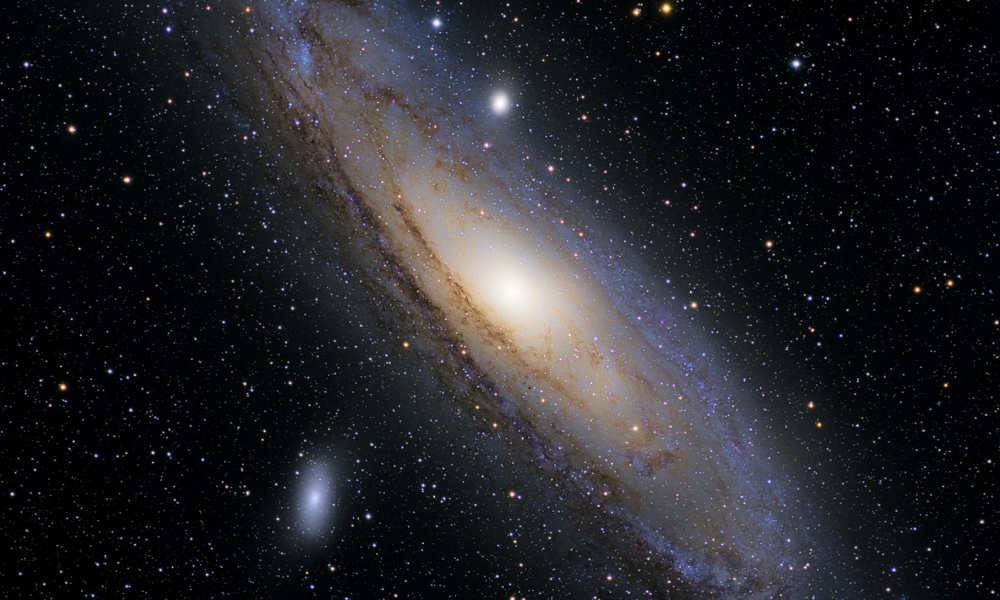
ESA Open Invitation to Tender AO9111
Open Date: 16/10/2017
Closing Date: 27/11/2017 13:00:00
Status: ISSUED
Reference Nr.: 17.1ET.02
Prog. Ref.: TRP
Budget Ref.: E/0901-01 – TRP
Special Prov.: BE+DK+FR+DE+IT+NL+ES+SE+CH+GB+IE+AT+NO+FI+PT+GR+LU+CZ+RO+PL+EE+HU
Tender Type: C
Price Range: 200-500 KEURO
Products: Satellites & Probes / RF / Microwave Communication (Platform and Payloads) / Transmitters / X-band, S-Band, Ka band, ¿ / Near Earth application, Deep space application, … / Platform vs Payload
Satellites & Probes / RF / Microwave Communication (Platform and Payloads) / Receivers / X-band, S-Band, Ka band, ¿ / Near Earth application, Deep space application, … / Platform vs Payload
Techology Domains: RF Systems, Payloads and Technologies / TT&C and Payload Data Modulator (PDM) Systems/Subsystems / Near-Earth Transponders
RF Systems, Payloads and Technologies / TT&C and Payload Data Modulator (PDM) Systems/Subsystems / High-speed Downlink PDM
Establishment: ESTEC
Directorate: Directorate of Tech, Eng. & Quality
Department: Electrical Engineering Department
Division: Radio Frequency Systems & Payloads Offic
Contract Officer: Erkelens-Sickinger, Franziska
Industrial Policy Measure: N/A – Not apply
Last Update Date: 16/10/2017
Update Reason: Tender issue
This TRP activity needs to be initiated to plan for the future and to identify the critical technology that needs to be developed and bread boarded to exploit the new X-band uplink frequency allocation to the best extent possible.The activity will take as an input the higher level system issues already identified under a previous activity, such as overall system architectures, trade-off of operational concepts vs. mission phases, FDIR concepts, Ground Station availability, Cost/benefit analysis, critical technology developments, technology roadmap and will thus concentrate on the architectural design and breadboard testing of the key technology required to meet the TTC requirements of future EESS missions. It is to be noted that only some future ESA Earth Observation missions may solely utilise theX-band frequency allocation for both the TTC and Payload Data Transmission, and also these ones may still needto use the S-band frequency allocation in case of emergency. This activity is essential to allow the EES systems to prepare for thetransition from using S-band as the prime TTC frequency band to X-band in the future for both their Earth to Space Telecommand link and Space to Earth combined housekeeping and payload data transmission.Amongst the key issues to be investigated are the following:a) System requirements review for the use of X-band for EESS missionsb) Design trade-offs and detailed architectural design of the TTC transponder and Payload Data Transmitter RFsubsystem operating in the X-band frequency allocation for EESSc) System analysis of multipurpose/modular/configurable transponder for future Earth Observationd) Design trade-offs and architectural design of combined „S-Band TTC” „X Band TTC +PDT” systemse) Assessment of redundancy conceptsf) Assessment of the use of the X-Band uplinkfor adaptive coding and modulation schemes for X-Band PDT downlinkg) Evaluation of the required coherent turn-around ratio for X/Xband for EESS based on the new X-band uplinkfrequency allocation for EESS. An analysis of using a reconfigurable coherent turn-around ratio both on ground and during flight shall be investigatedh) Receiver acquisition and tracking requirements for EESS using X-band uplink, based on typical mission Doppler profiles.i) Assessment of the most appropriate antenna gain profiles (e.g. Isoflux, Omnidirectional, steerable antenna etc…) at X-band for LEO missions.j) Analysis of extending the use of X-Band transmit directive antenna (8025-8400 MHz) also for TTC receive uplink (approx. 7190-7235 MHz)k) TTC and PDT availability analysis and identification of critical issues.
If you wish to access the documents related to the Invitation to Tender, you have to log in to the ESA Portal.
